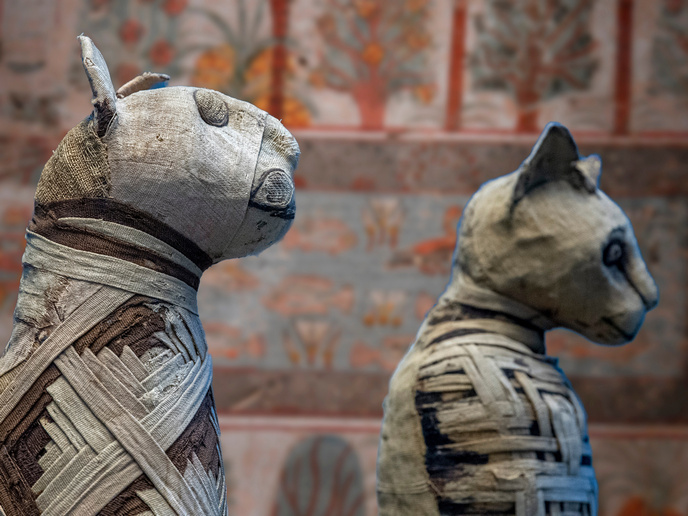New radiocarbon dating techniques reveal secrets of early Saharan civilisation
The key questions that arise from research into the desert region of North Africa concern the nature, sophistication and connectedness of the first oasis communities in the Sahara. The traditional view, fostered by the legacy of modern colonial government in North Africa, is that the Sahara was lightly populated apart from a few wandering nomads in the pre-Islamic age. The EU-supported TRANS-SAHARA (State Formation, Migration and Trade in the Central Sahara (1000 BC – AD 1500)) project has challenged that position by exploring several key themes: trade, settlement type and economic activity, technological change, burial rites and identity, and migration. Ground-breaking discoveries despite severe constraints The impossibility of conducting field research in the Libyan Sahara as a result of the 2011 civil war meant the project used satellite image analysis and targeted radiocarbon dating of mudbrick settlements to gather part of its data. “This enabled a dramatic expansion in knowledge of pre-Islamic oasis settlement in several Libyan oasis zones; with global publicity for the discovery of hundreds of towns and villages of the ‘lost’ Garamantian civilisation,” explains lead researcher Professor David Mattingly. The results clarify the scale and sophistication of Garamantian society, which, says Prof. Mattingly, began around 1000 BC. In the period AD 1-600 it arguably constituted the first pre-Islamic state of the central Sahara. Development around oases earlier than thought More recently, Moroccan fieldwork, starting with satellite mapping and follow-up ground visits to collect dating evidence (including another substantial suite of radiocarbon dates), has revealed a similar pattern of precocious oasis development. This, the project believes, is linked to other markers of social change (metallurgy, hierarchy and complexity). “The development seems to have occurred at a later date, beginning in the first half of the first millennium AD, with the region becoming influential in the formation of powerful Islamic states in the early medieval period,” Prof. Mattingly explains. One of the most remarkable discoveries of the Moroccan fieldwork was the discovery of a type of tomb with painted funerary chapels used for ancestor worship. So far TRANS-SAHARA has established a corpus of 20 painted human figures (such as the illustration), providing a remarkable window into desert society, dress, accoutrements and aspects of ritual and belief. Prof. Mattingly intends to take these findings further, “We plan to excavate further tombs in a future phase of the project. Another of the Moroccan settlement sites has yielded a remarkable dossier of hundreds of engraved rock art images: mostly of horses with mounted warriors, seemingly linked to a horse cult of some sort. We believe that discoveries like these will help the Moroccan authorities develop visitor attractions/museums in the study zone.” Pioneering dating techniques provide a clearer idea of context The greatest challenge to the historical archaeology of the Sahara has been the lack of chronological precision. Numerous archaeological sites are known for the historical context being entirely lacking. The TRANS-SAHARA project has pioneered a method of dating mud architecture using radiocarbon (AMS) methods on organic inclusions in mudbrick. This has proved extraordinarily useful in providing clearer dates for a wide range of sites spanning the pre-Islamic and Islamic eras. A total of c. 200 AMS dates were funded by the ERC, providing an entirely new framework for oasis development across the Sahara. He adds, “If our dating approach is extended to further sites, the regional trajectories of development will become clearer.” Fostering collaboration to create new approaches As well as meeting its scientific objectives, the project served to advance the careers and intellectual development of a cohort of early career researchers. The conferences fostered working relationships and collaborations that went beyond the core project, some of which are ongoing. “The TRANS-SAHARA project has re-oriented the future agenda of study of Saharan history and archaeology, with important implications not only for scientific study, but also for the national identity of Saharan and Maghrebian countries,” Prof. Mattingly explains.
Keywords
TRANS-SAHARA, Islamic history, oasis, culture, civilisation, mudbrick, historical archaeology, carbon dating







